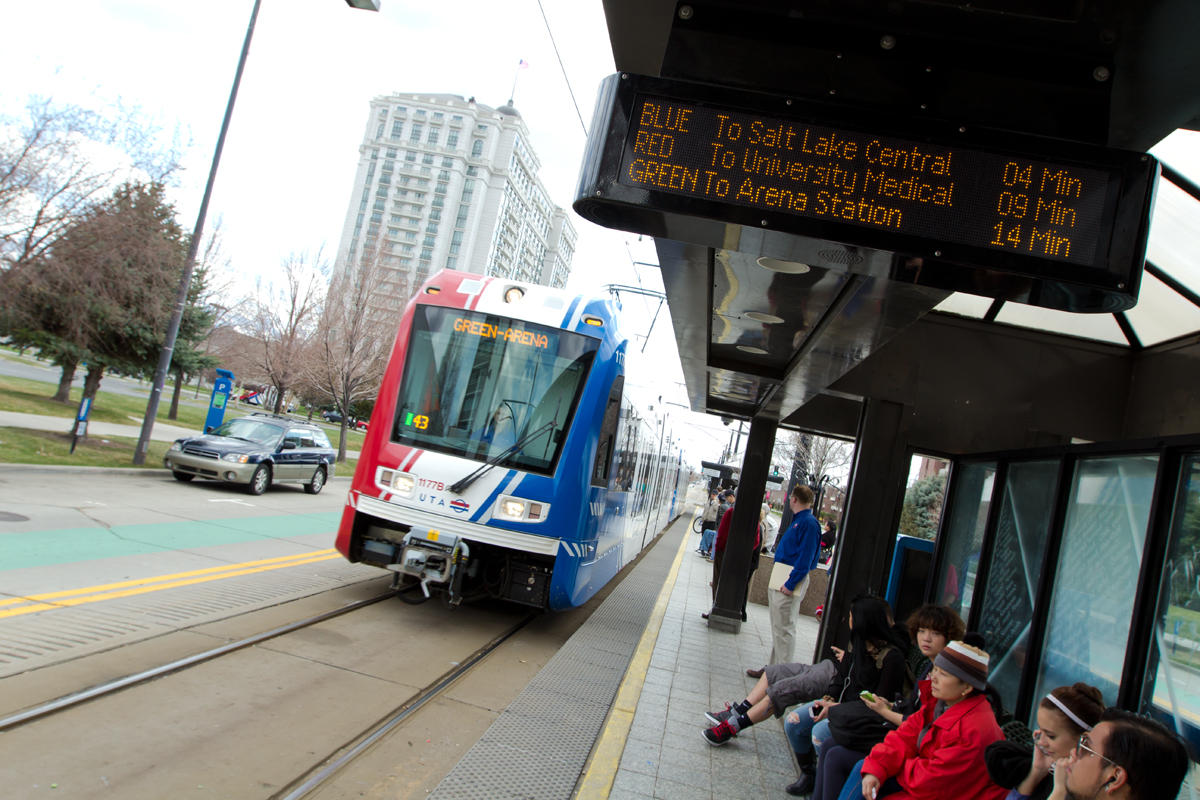

Dallas Area Rapid Transit loaned bright yellow light rail vehicles to supplement UTA cars on the new, two-line TRAX system, and 1,200 buses were borrowed from other transit agencies. According to a 2003 report, 2.52 million boardings were recorded on public transportation during the games – 1.7 million on TRAX, and the remainder on shuttle buses provided by UTA and the Park City Transit System.

The 17-day event brought between 70,000 and 80,000 spectators into the city every day. “Everybody that you talk to – every person, no matter where they were, had such a great time.” “The whole event was just kind of special,” he said. Despite missing most of the Olympics while working 14-hour days, LaMora said the weeks still carry many happy memories. He spent the games assisting shuttle services under the old North Temple viaduct, far from the glitz and glamour of the actual events. “It was two of the best weeks that I’d ever had in my career,” LaMora said. Despite media predictions of “doom and gloom and lots of gridlock,” LaMora said that the system worked exceptionally well thanks to careful planning from all involved agencies. UTA Light Rail General Manager Jeff LaMora had spent more than a year working with fellow employees, other transportation agencies, cities and counties to try to create enough Park & Ride space to accommodate people taking shuttles into the city. The weather was bitterly cold, security risks were heightened in the months after 9/11, and visitors who spoke limited English were pouring into the city. For years, they’d been preparing to provide transportation to thousands of Winter Olympic spectators from around the world. UTA Remembers the 2002 Winter Olympics Thursday, February 9, 2017Ī decade and a half has passed, but February 2002 still burns brightly in the memories of many UTA employees.


 0 kommentar(er)
0 kommentar(er)
